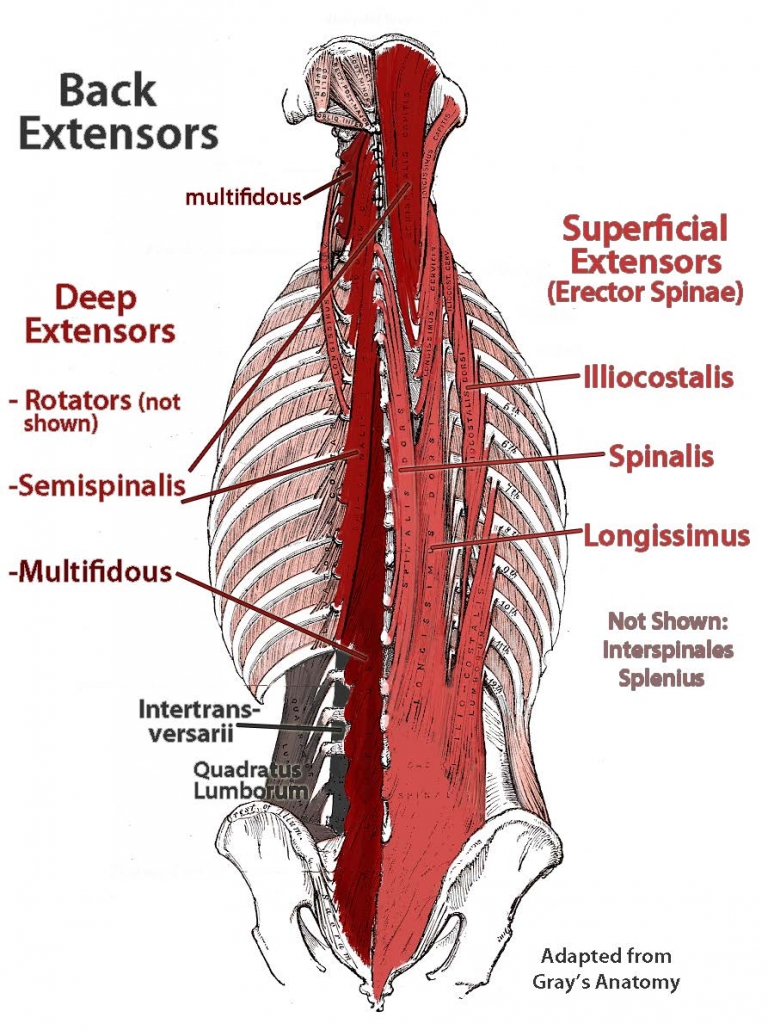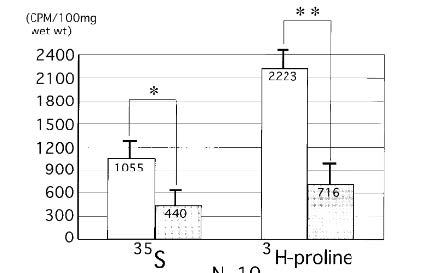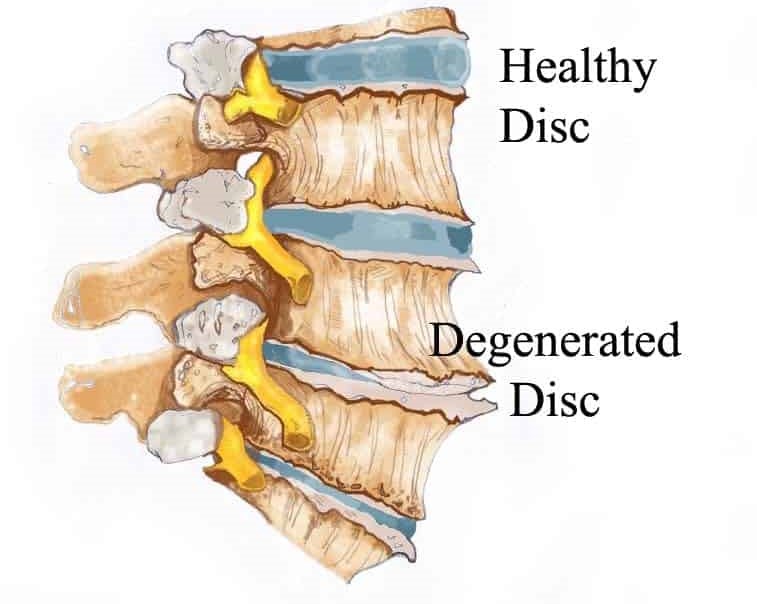1. Shiri R, KarppinenJ, Leino-ArjasP, SolovievaS, Viikari-JunturaE. The association between smoking and low back pain: a meta-analysis. Am J Med. 2010 Jan;123(1):87.e7-35. doi: 10.1016/j.amjmed.2009.05.028. PMID: 20102998.
2. Scott SC, Goldberg MS, Mayo NE, Stock SR, PoîtrasB. The association between cigarette smoking and back pain in adults. Spine (Phila Pa 1976). 1999 Jun 1;24(11):1090-8. doi: 10.1097/00007632-199906010-00008. PMID: 10361658.
3. Brook JS, BalkaEB, Zhang C. The smoking patterns of women in their forties: their relationship to later osteoporosis. Psychol Rep. 2012 Apr;110(2):351-62. doi: 10.2466/13.18.PR0.110.2.351-362. PMID: 22662390; PMCID: PMC3368498.
4. Cusano NE. Skeletal Effects of Smoking. CurrOsteoporosRep. 2015 Oct;13(5):302-9. doi: 10.1007/s11914-015-0278-8. PMID: 26205852.
5. Alkherayf F, Agbi C. Cigarette smoking and chronic low back pain in the adult population. Clin Invest Med. 2009 Oct 1;32(5):E360-7. doi: 10.25011/cim.v32i5.6924. PMID: 19796577.
6. Al-BashairehAM, Haddad LG, Weaver M, Kelly DL, ChengguoX, Yoon S. The Effect of Tobacco Smoking on Musculoskeletal Health: A Systematic Review. J Environ Public Health. 2018 Jul 11;2018:4184190. doi: 10.1155/2018/4184190. PMID: 30112011; PMCID: PMC6077562.
7. TarakjiB, CilA, ButinRE, Bernhardt M. Adverse Effects of Smoking on Musculoskeletal Health. Mo Med. 2017 Jul-Aug;114(4):268-271. PMID: 30228609; PMCID: PMC6140077.
8. FianiB, Noblett C, NanneyJM, Gautam N, Pennington E, Doan T, NikolaidisD. The Impact of “Vaping” Electronic Cigarettes on Spine Health. Cureus. 2020 Jun 29;12(6):e8907. doi: 10.7759/cureus.8907. PMID: 32742873; PMCID: PMC7389958.
9. Uematsu Y, Matuzaki H, Iwahashi M. Effects of nicotine on the intervertebral disc: an experimental study in rabbits. J OrthopSci. 2001;6(2):177-82. doi: 10.1007/s007760100067. PMID: 11484105.
10. Akmal M, KesaniA, Anand B, Singh A, Wiseman M, GoodshipA. Effect of nicotine on spinal disc cells: a cellular mechanism for disc degeneration. Spine (Phila Pa 1976). 2004 Mar 1;29(5):568-75. doi: 10.1097/01.brs.0000101422.36419.d8. PMID: 15129075.
11. ElmasryS, AsfourS, de Rivero VaccariJP, TravascioF. Effects of Tobacco Smoking on the Degeneration of the Intervertebral Disc: A Finite Element Study. PLoSOne. 2015 Aug 24;10(8):e0136137. doi: 10.1371/journal.pone.0136137. PMID: 26301590; PMCID: PMC4547737.
12. Kok MO, Hoekstra T, Twisk JW. The longitudinal relation between smoking and muscle strength in healthy adults. Eur Addict Res. 2012;18(2):70-5. doi: 10.1159/000333600. Epub2011 Dec 16. PMID: 22178906.
13. Al-ObaidiS, Al-Sayegh N, Nadar M. Smoking impact on grip strength and fatigue resistance: implications for exercise and hand therapy practice. J Phys Act Health. 2014 Jul;11(5):1025-31. doi: 10.1123/jpah.2011-0357. Epub2013 Jun 24. PMID: 23799259.
14. Adedoyin R. A., MbadaC. E., OdiachiA. M., Adegoke B. O. A., AwotidebeT. O. Differences in back extensor muscles fatigability for smoking and non-smoking athletes. Isokineticsand Exercise Science. 2010;18(3):149–155.
15. Shiri R, Falah-HassaniK. The Effect of Smoking on the Risk of Sciatica: A Meta-analysis. Am J Med. 2016 Jan;129(1):64-73.e20. doi: 10.1016/j.amjmed.2015.07.041. Epub2015 Sep 25. PMID: 26403480.














